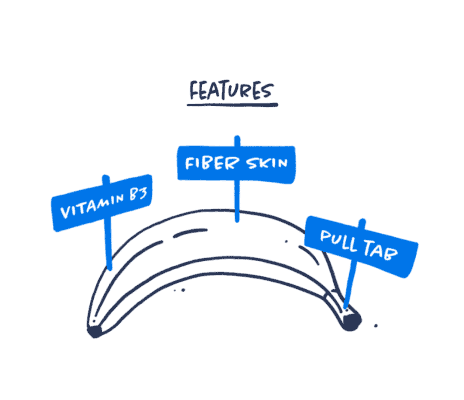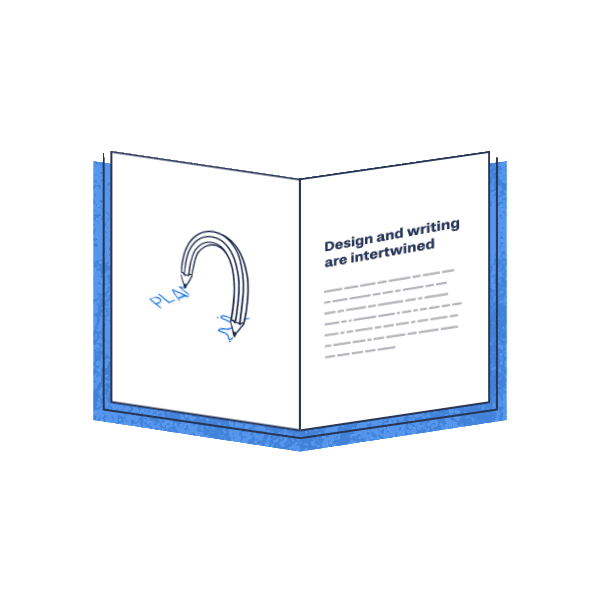10 key insights for writing a compelling explainer video script
A curated compilation of the most essential insights for commencing scriptwriting for explainer videos

Good copywriting is difficult. And good copywriting for explainer videos is even more so. Unlike other forms of copywriting where you have more space to elaborate, explainer videos demand extreme conciseness. You need to convey a lot of information in a very short timeframe (often 60-90 seconds), so every word must earn its place. And it’s not just about the words; the script needs to work seamlessly with the visuals. You have to “write visually,” thinking about how your words will translate into on-screen actions, animations, and graphics. The script also needs to be timed perfectly to fit the visuals and the length of the video. This requires a different mindset than writing text-based content.
For over a decade, we’ve navigated the world of explainer videos and animations, experiencing both failures and triumphs. More importantly, we’ve learned a lot. Over time, we began documenting our key lessons in a notebook — as a way to sharpen our approach and avoid repeating past errors.
In this post, we’ve distilled the 10 most crucial insights from that notebook, specifically focusing on how to tackle animation scripts. These are the principles we apply daily in our client work, and we’re confident they can benefit anyone involved in explainer video creation. So, let’s dive straight in:
Start with a title
While it’s tempting to dive right into the script writing, creating a strong working title from the start will keep your script focused. Your title should convey the main message of your video in a single headline. Keep in mind that your title may change during the writing process, but having a good one from the start will ensure you stay on track and remain true to your message while writing.

Write the first draft without editing
Writing the first draft of your script in one go is a great way to get started and unleash your creativity. Don’t worry about making it perfect – this is just about getting your ideas down on paper. Write down everything that comes to mind, without filtering. Once you’ve completed your first draft, you can sort through your ideas and decide what to keep and what to leave out.

Tell a story
A strong narrative is crucial in animated explainer videos. Don’t simply give out information; tell a story that will be remembered. Even technical content can benefit from a captivating story. Crafting a compelling story means creating a beginning that draws people in, a middle that keeps them engaged, and an ending that leaves them feeling both satisfied and enlightened.

Explain the problem
When creating an explainer video for a product or service, it’s important to first explain the problem it solves. By explaining the problem right away, viewers will quickly learn that your message is relevant to them and worth their attention. You can then present your solution in a much more compelling way.

Get to the point
In an age of dwindling attention spans, it’s preferable to get to the point quickly. Avoid lengthy introductions and unnecessary chatter. Your audience wants to know the key point right away. By jumping straight into the heart of your message, your viewers will understand what information you’re providing and will be more likely to stick around for the rest of your video.

Share the benefits, not the features
Rather than caring about the technical specifications themselves, your audience simply wants to know how your offering can improve their lives. So, instead of listing technical details, highlight the ways in which your product or service can solve a problem or make their lives easier. Replace “100GB of storage” with “Plenty of space to safely store your family photos.”

Trim, trim, trim
An effective explainer video is short, concise and rarely over two minutes long. Although it’s difficult to do, when making an explainer video you need to trim your content so that only the essential information is left, and anything redundant is removed. Keep asking yourself: Is it essential to the story? If not, leave it out. A perfectly trimmed story will be concise, convincing and so much more powerful.

Give a clear call to action
Whether you want your audience to learn more, submit information, subscribe, or visit your website, make sure to clearly communicate what you want them to do. A call to action is essential in turning your viewers into customers or supporters. Make it compelling by highlighting what they will gain from taking this next step.

Read your script aloud
An effective way to test your explainer video script is to read it aloud and record yourself. Listen back critically to evaluate what works and what doesn’t. This helps you identify if the script flows well and if the language sounds natural when spoken. Adjust until it sounds right.

Get feedback
Don’t rely solely on your own judgement; ask others for feedback. Getting input from someone who is not familiar with the subject can help you identify any areas that may be unclear or confusing. Embrace feedback as an opportunity to improve your script and make your video more effective.

For more advice check out our full notebook. All hard-earned insights about slides and presentation design. Hands-on, honest and condensed – from 10+ years of experience.





